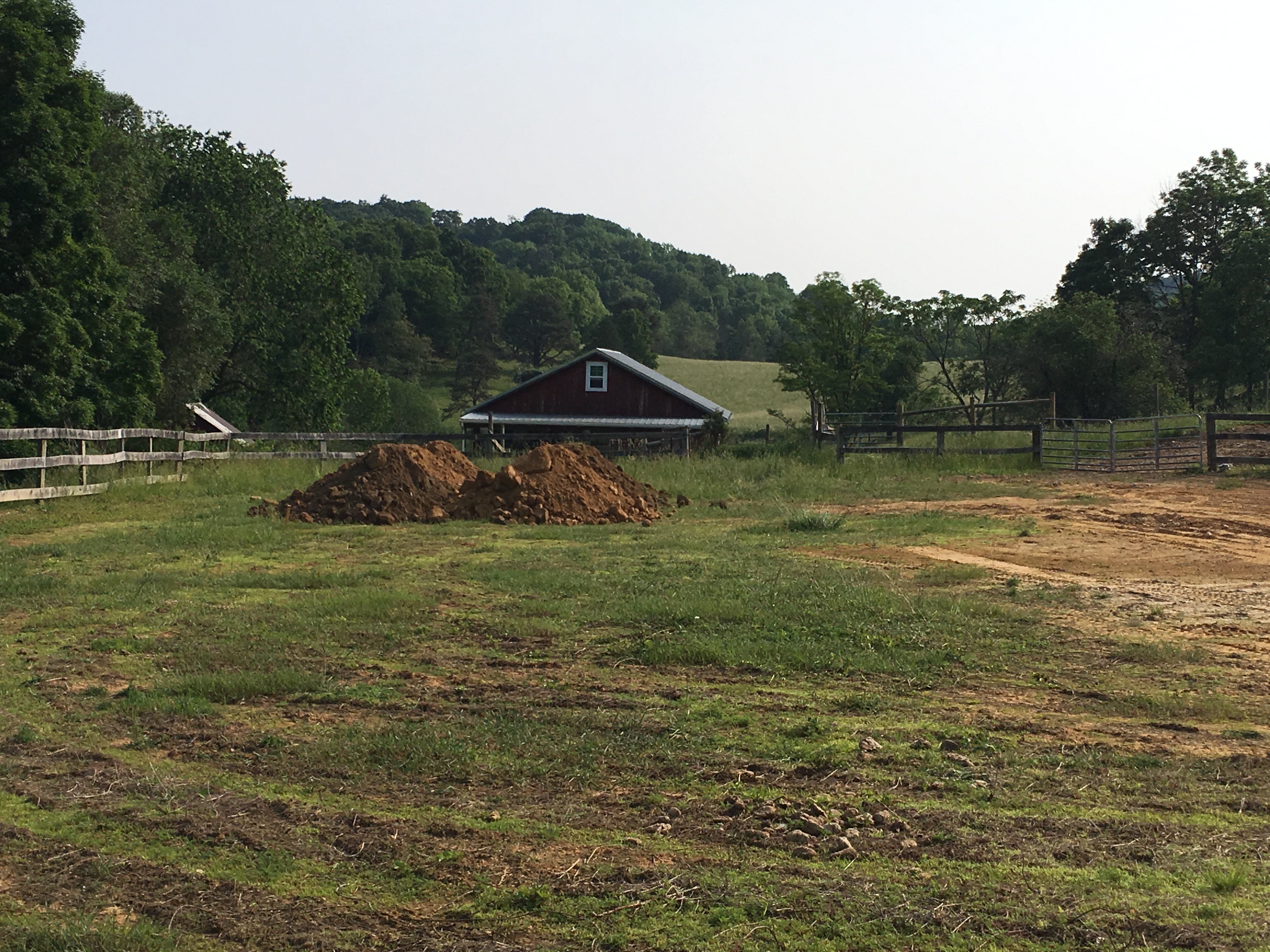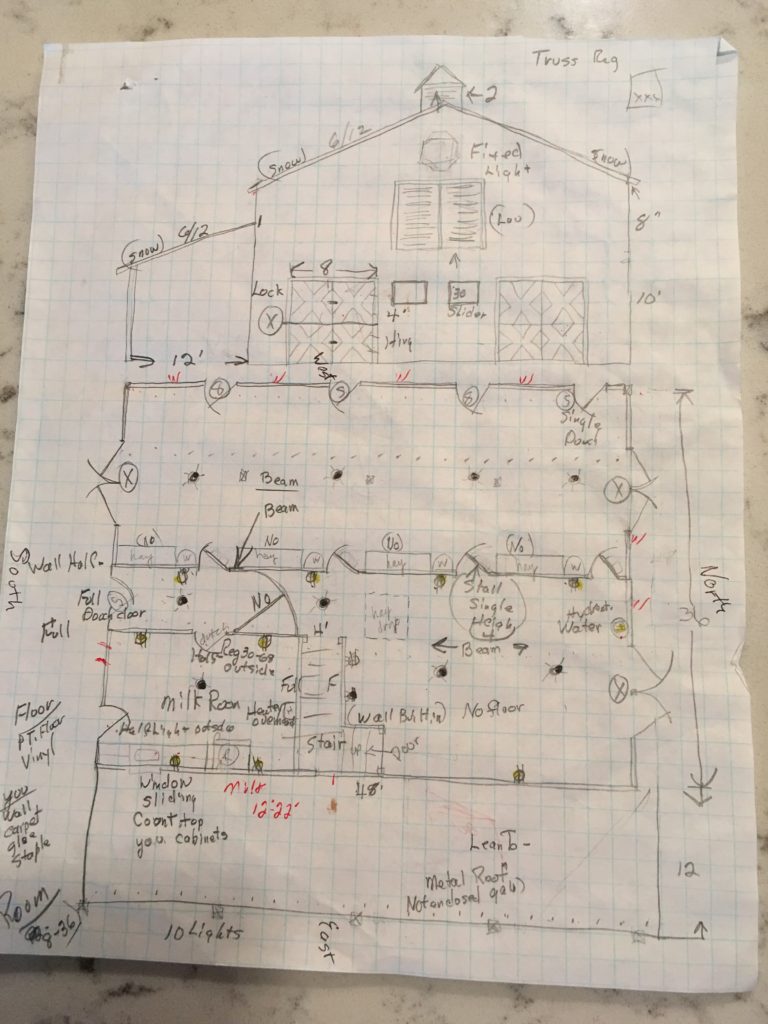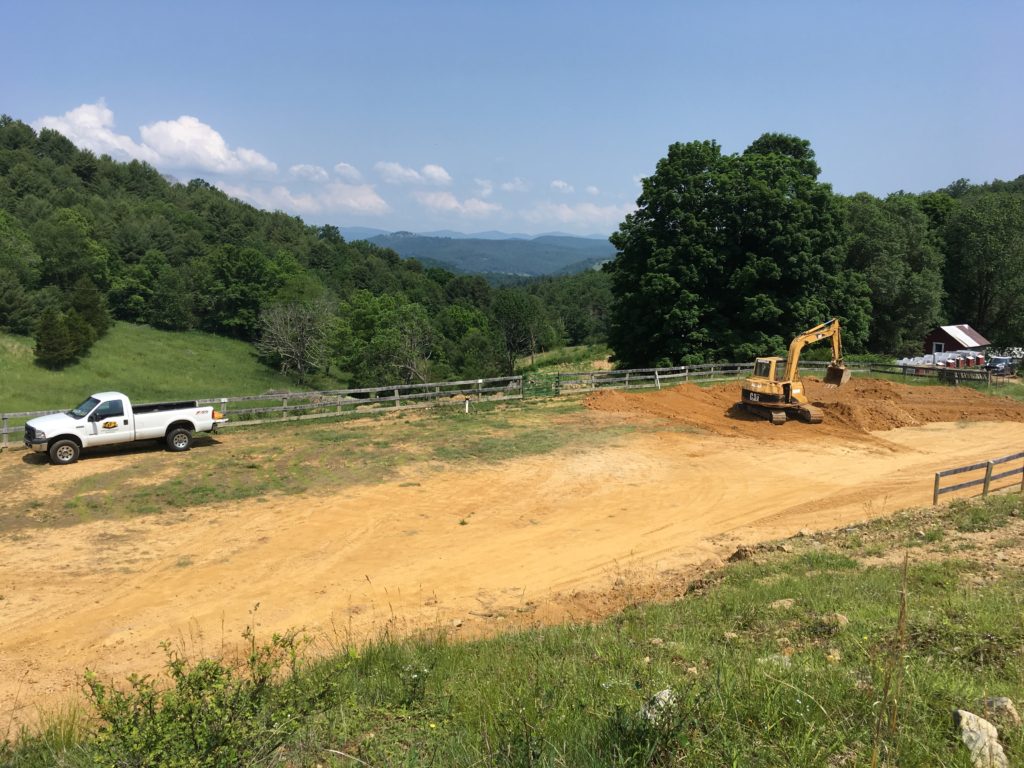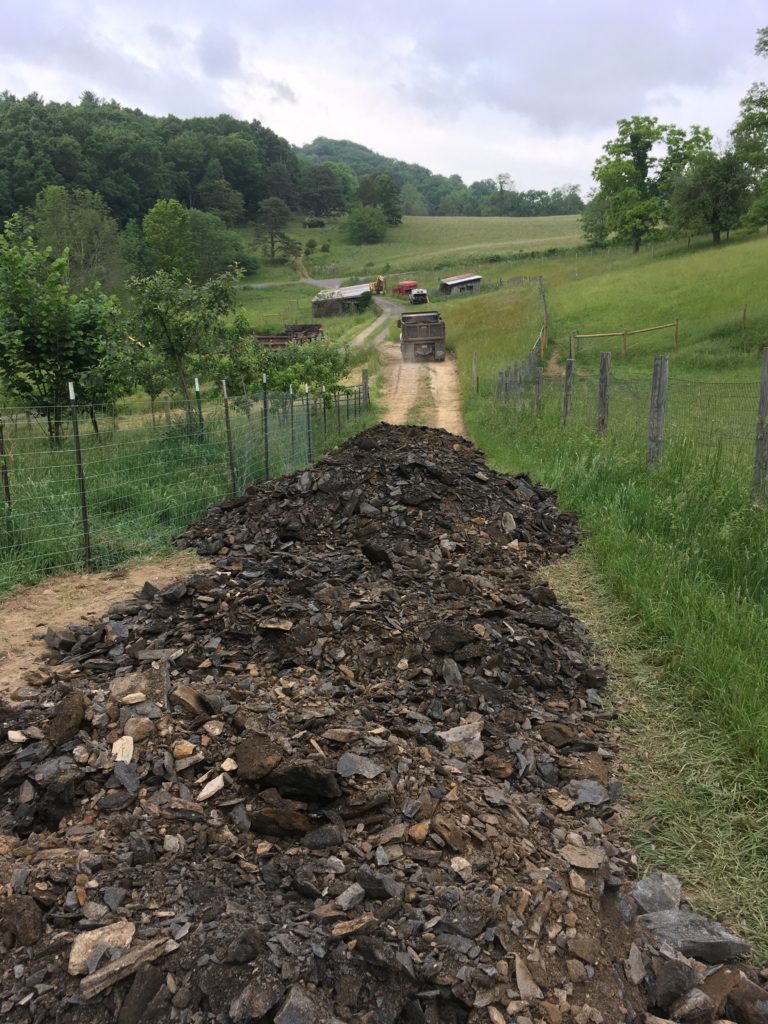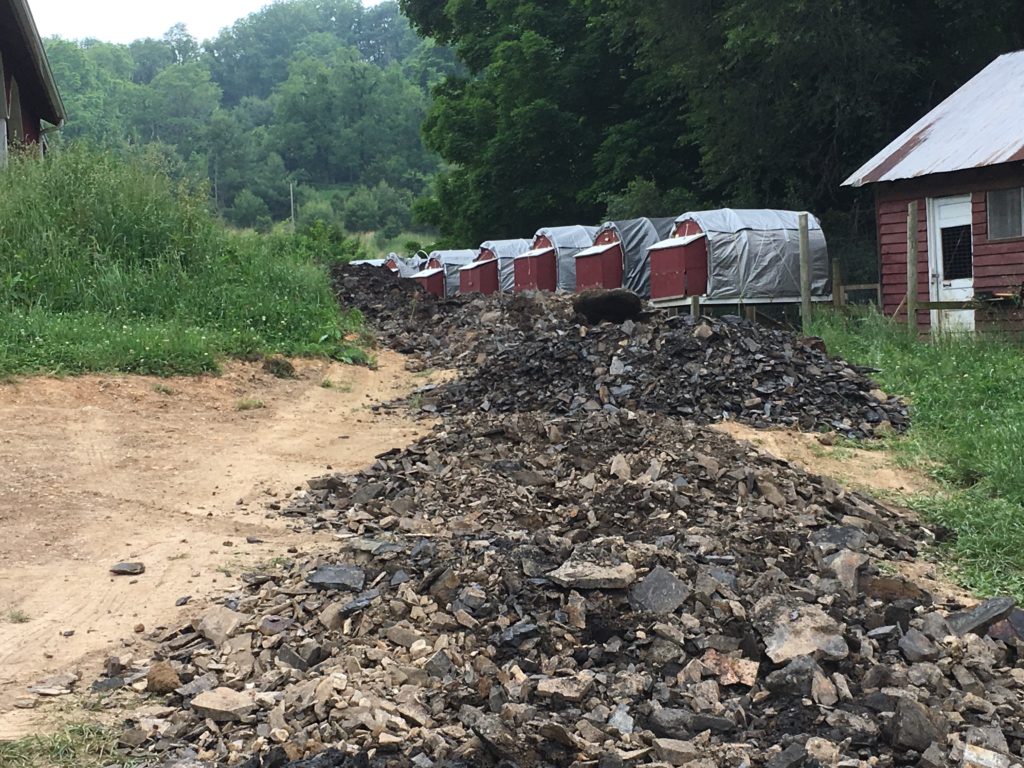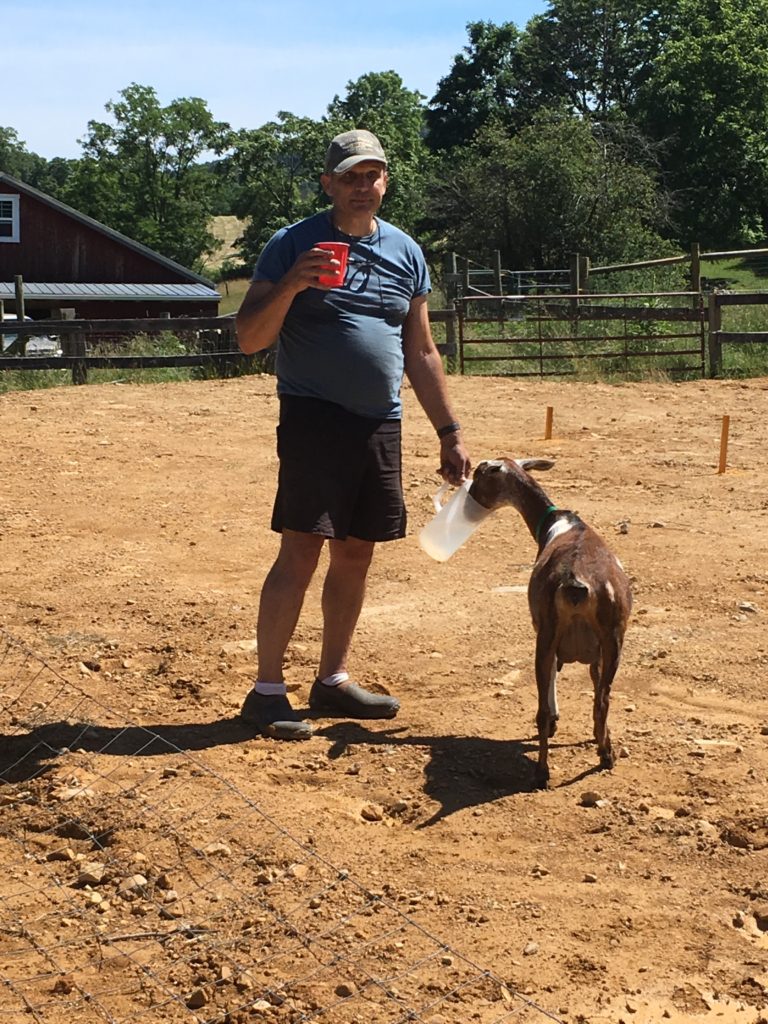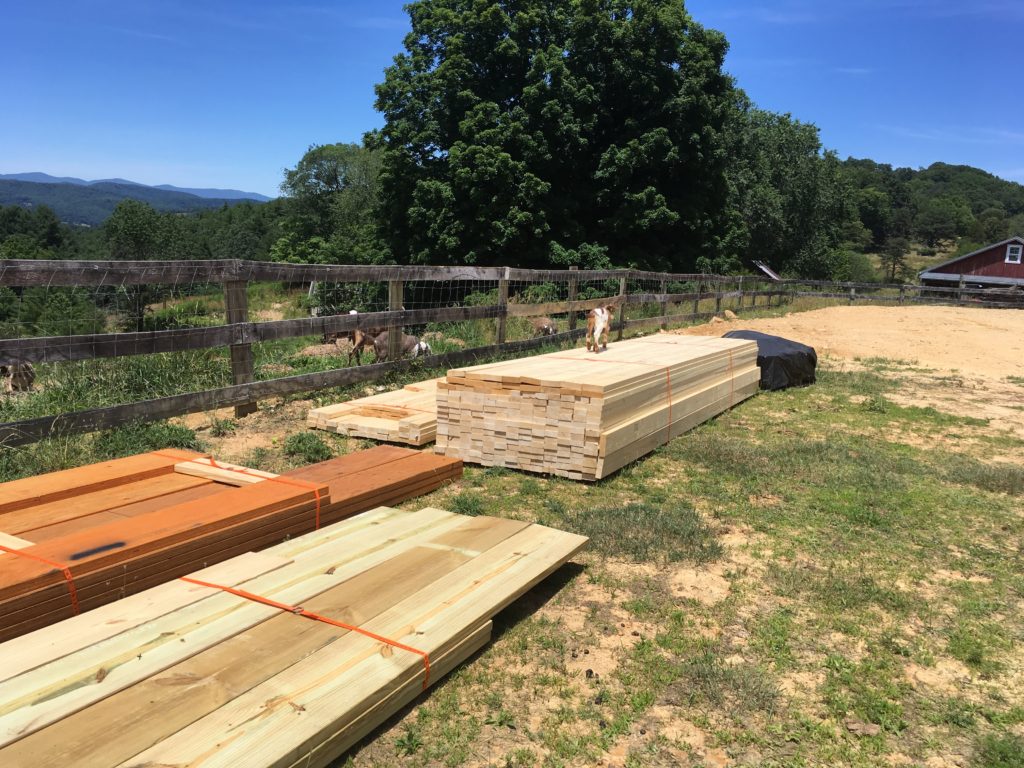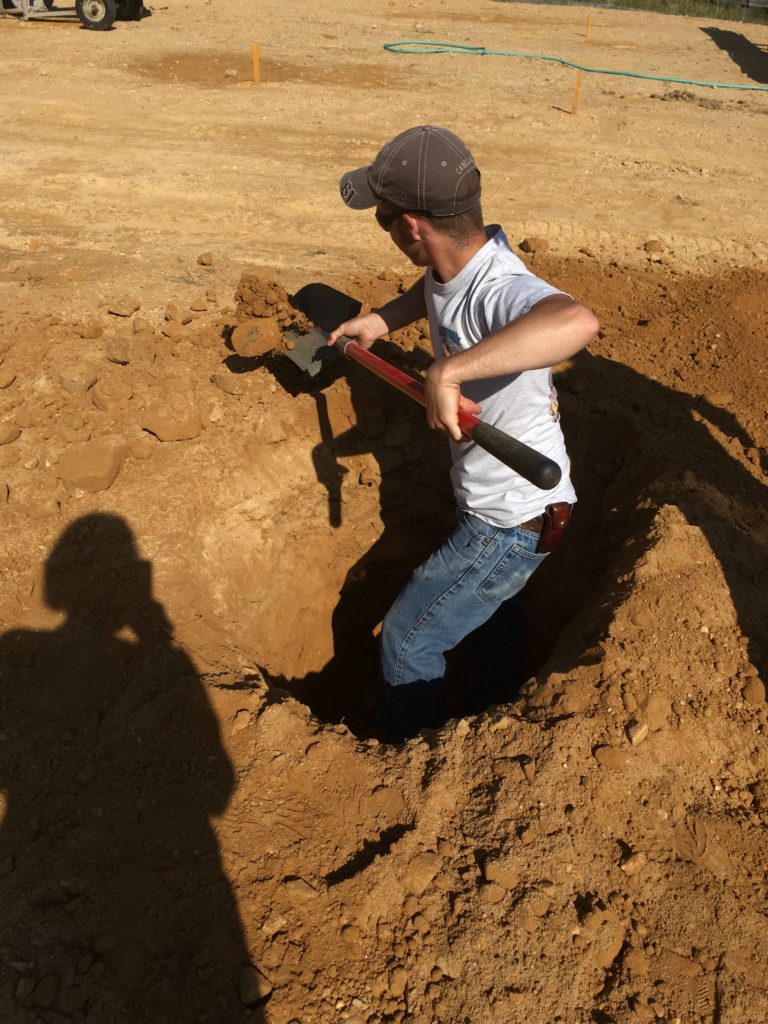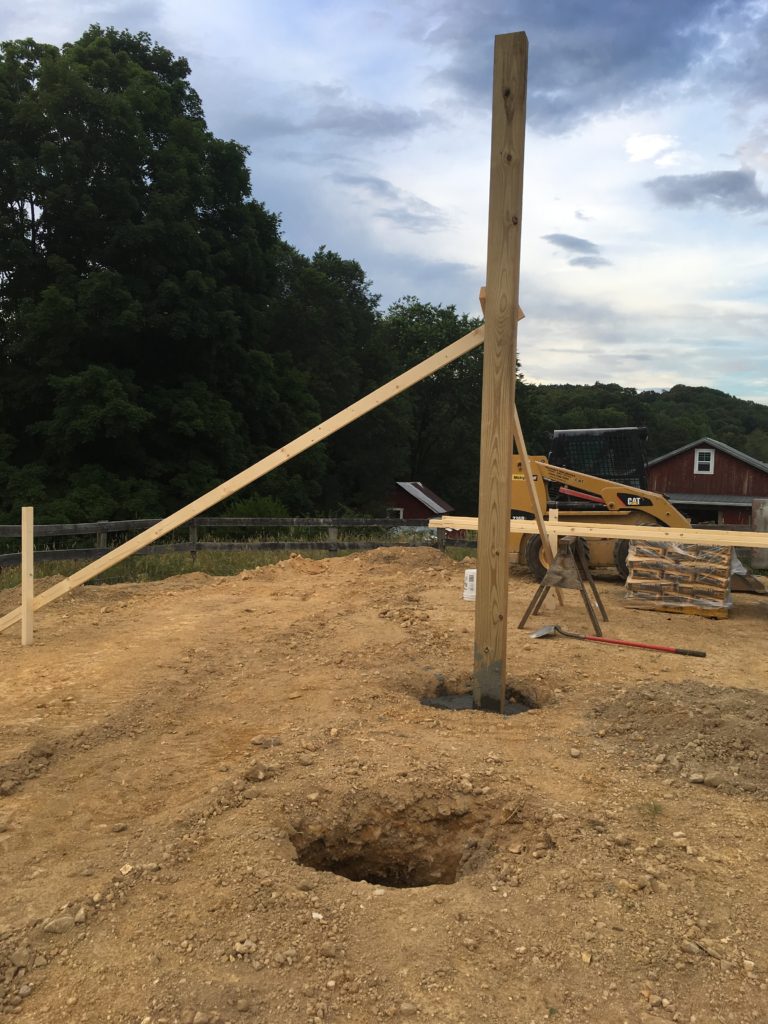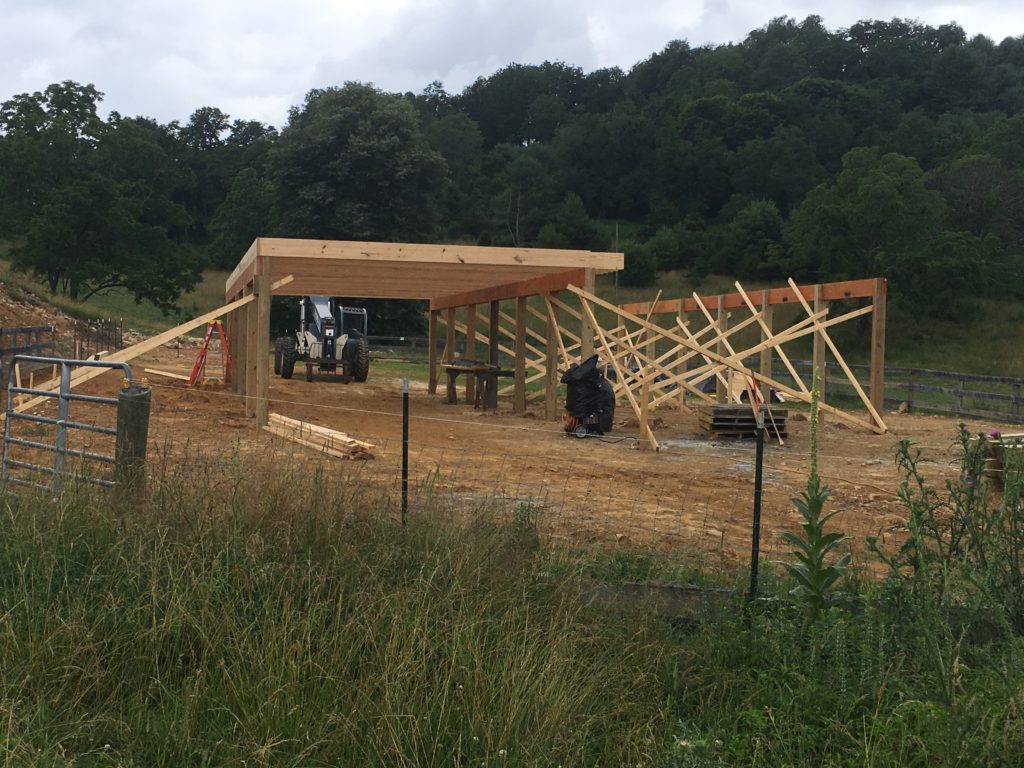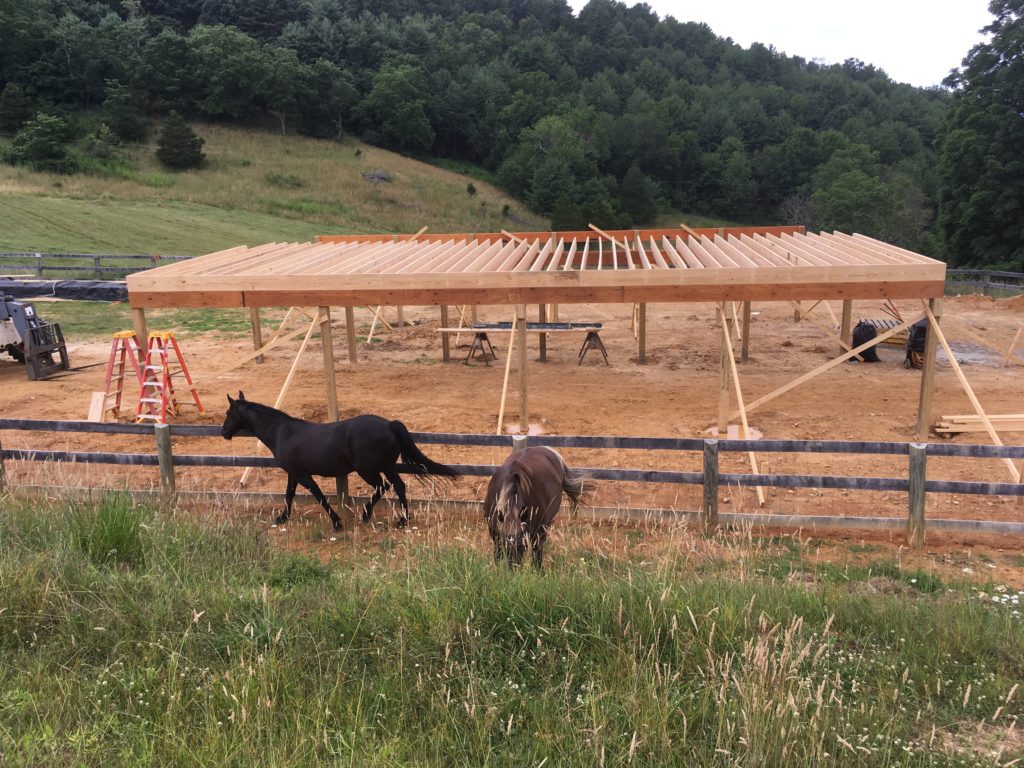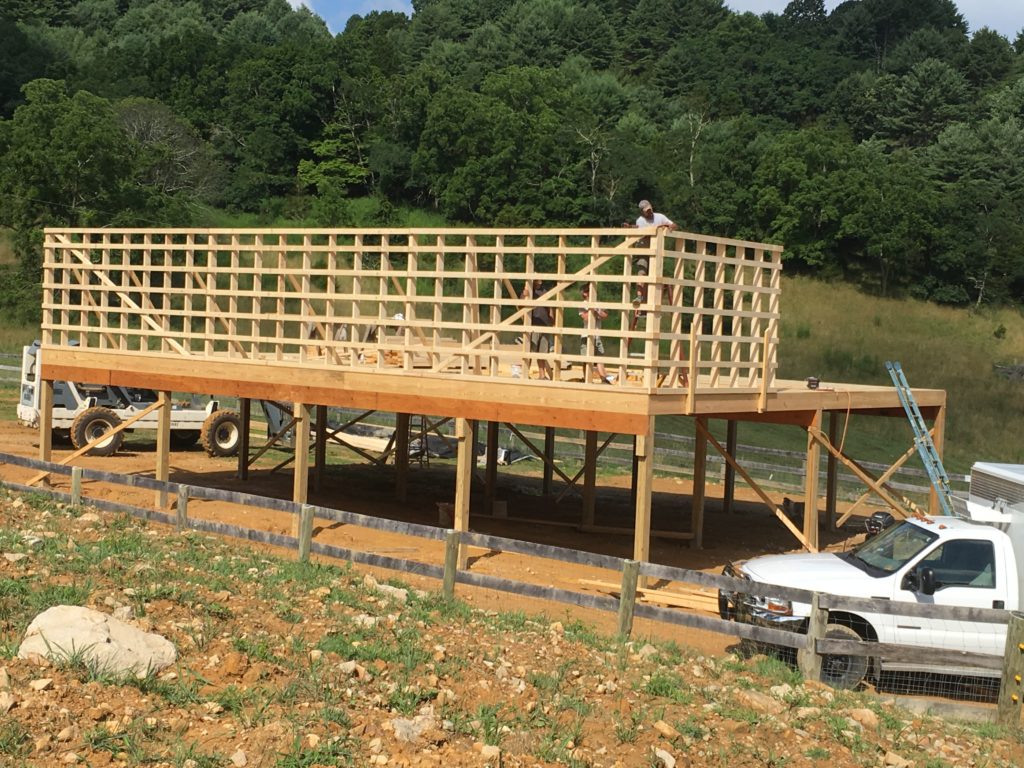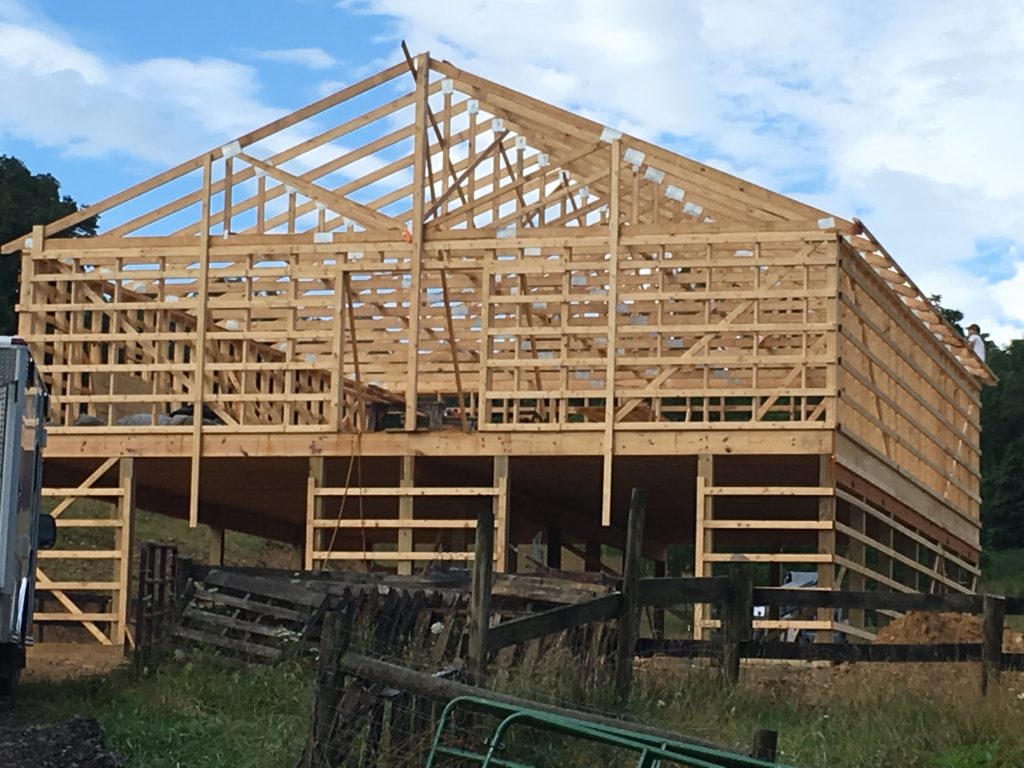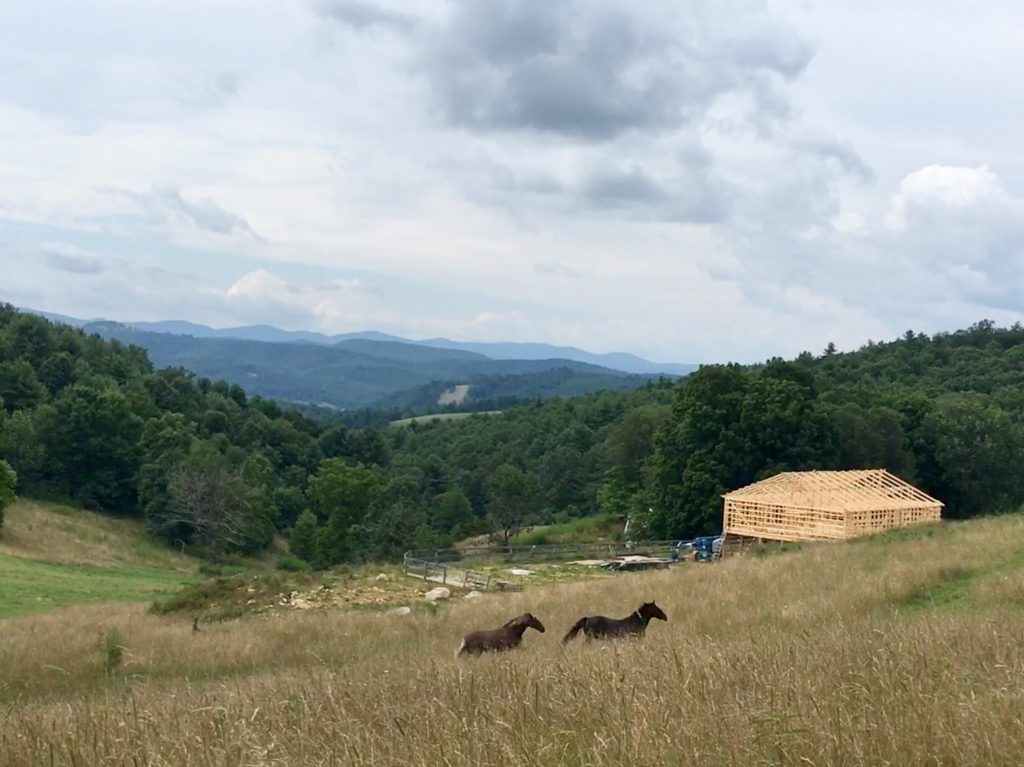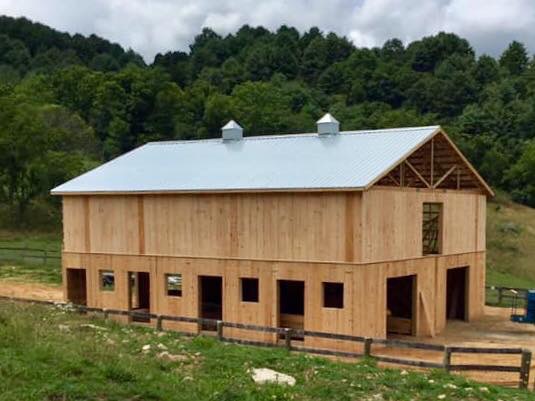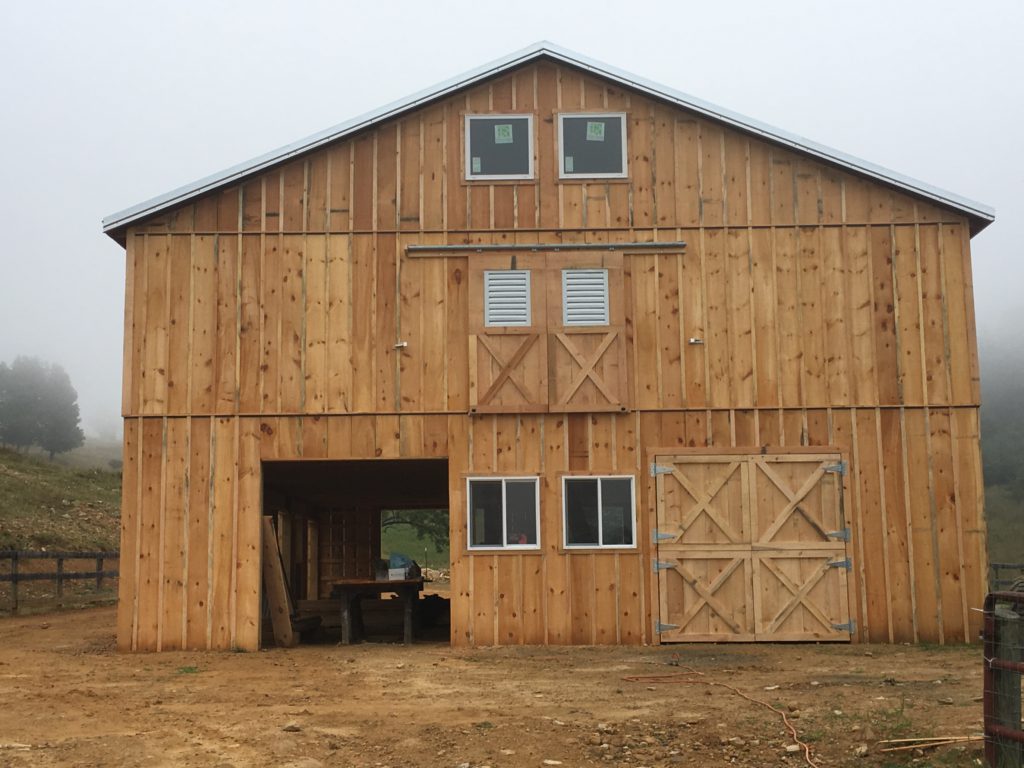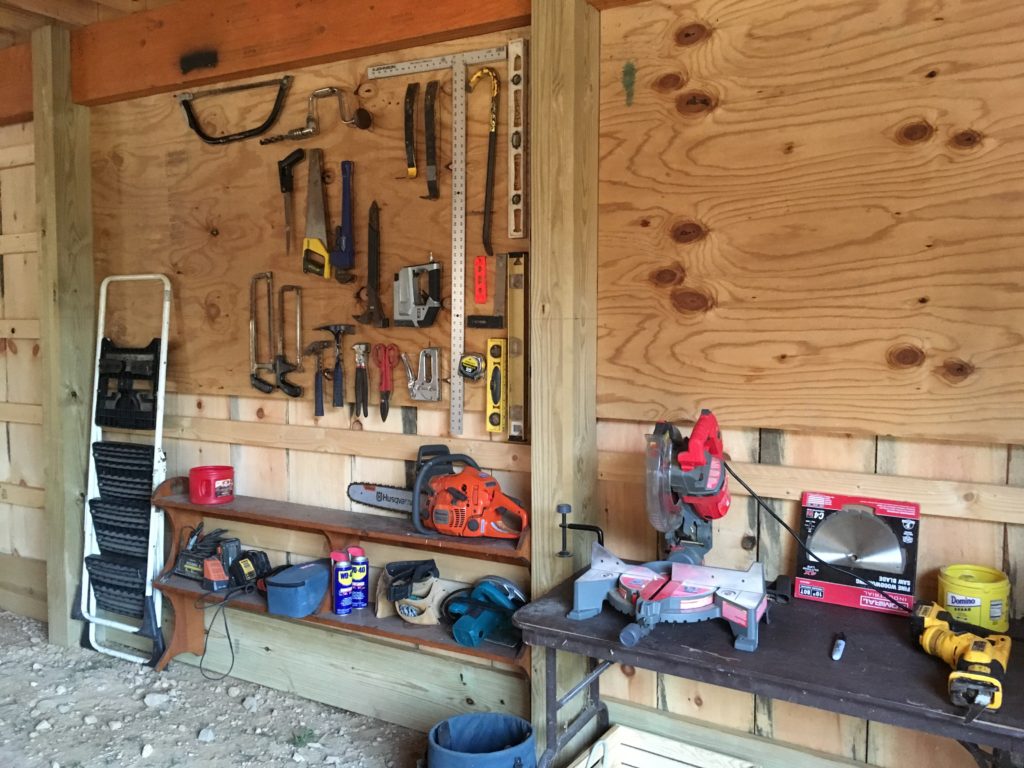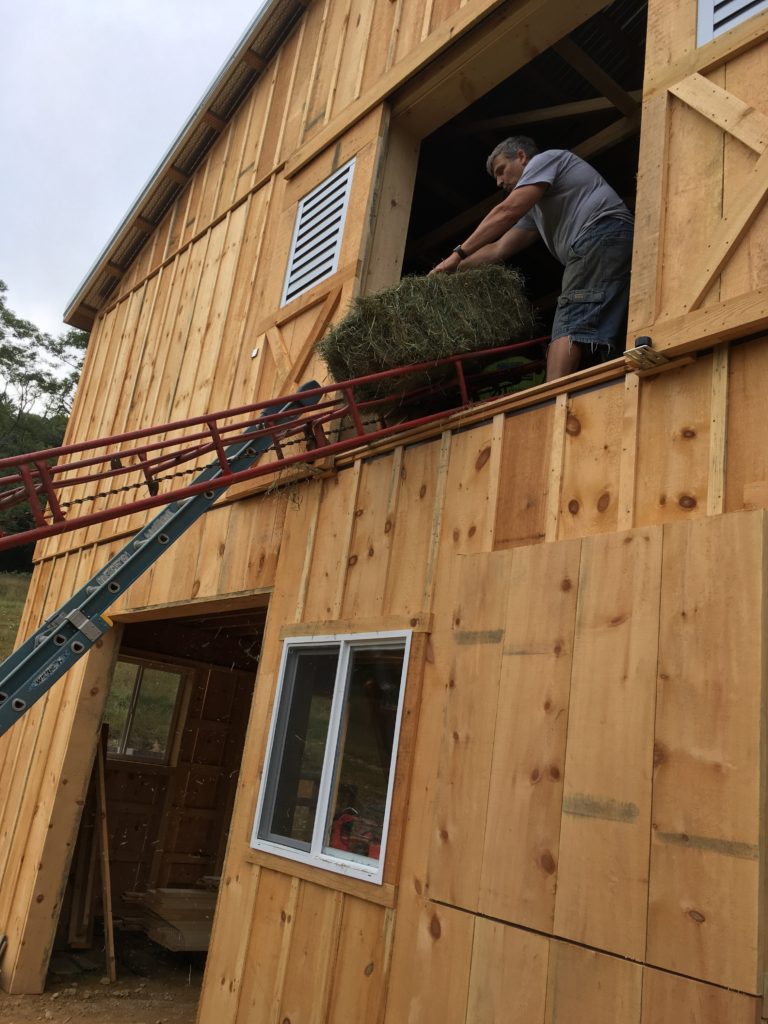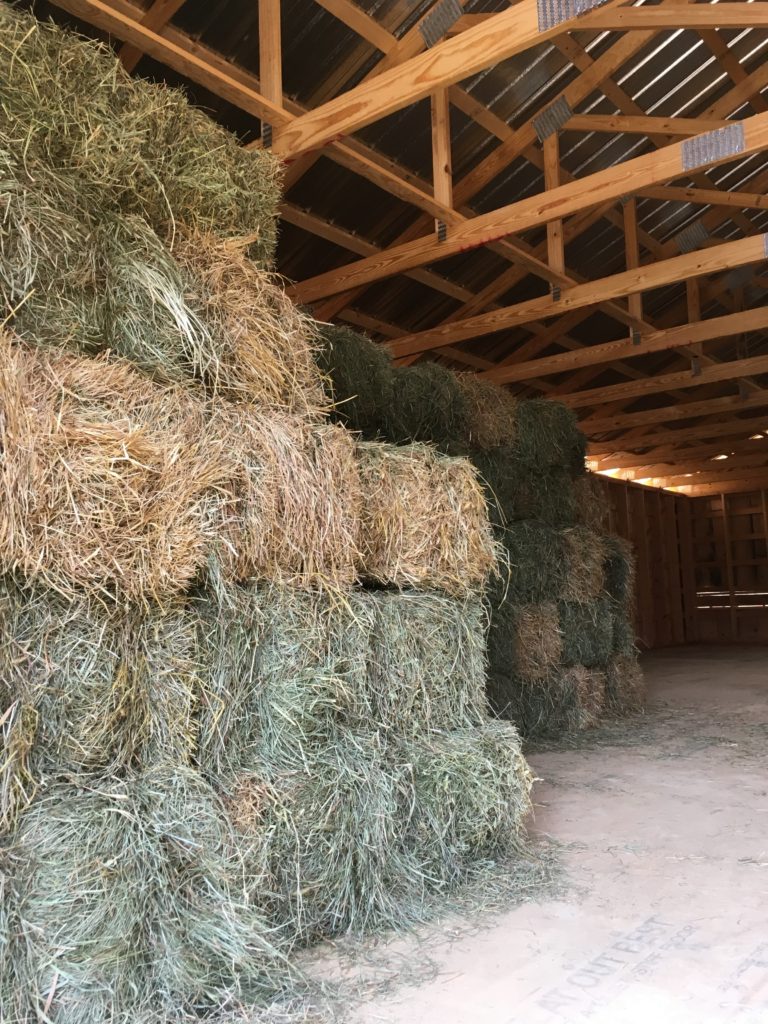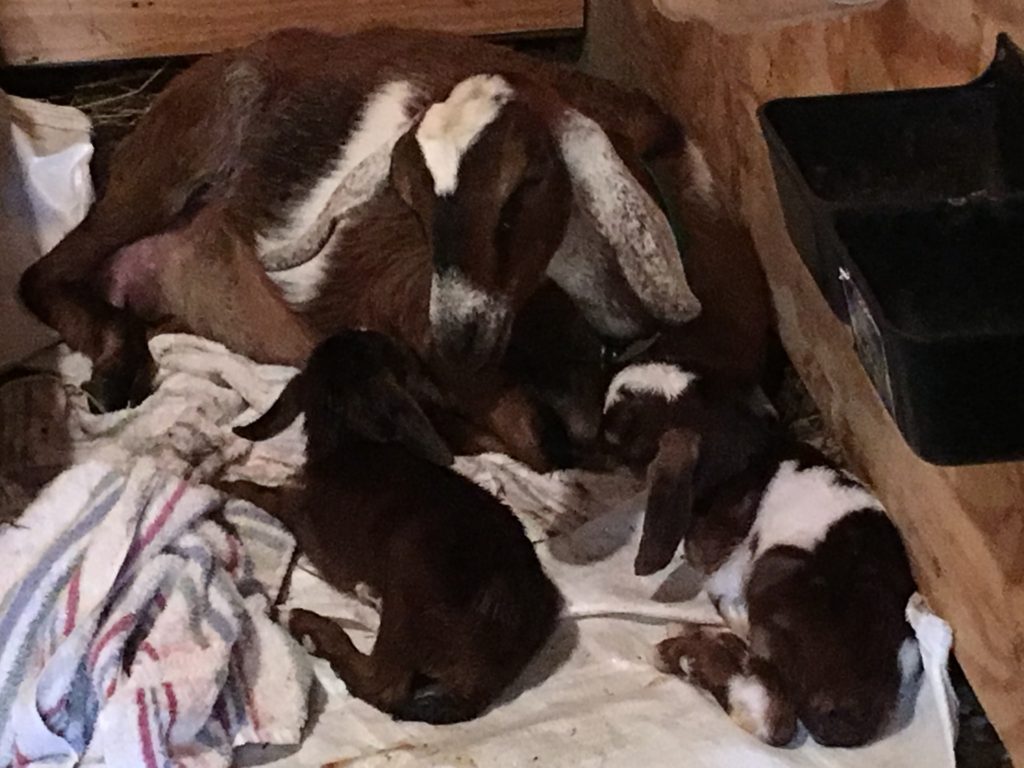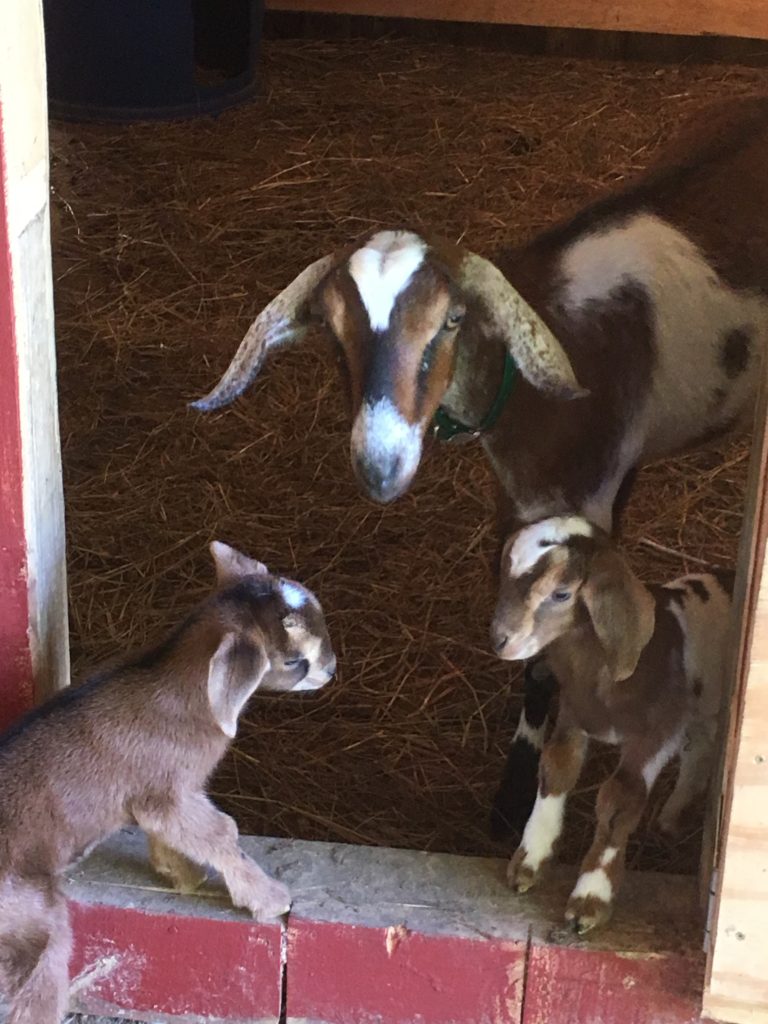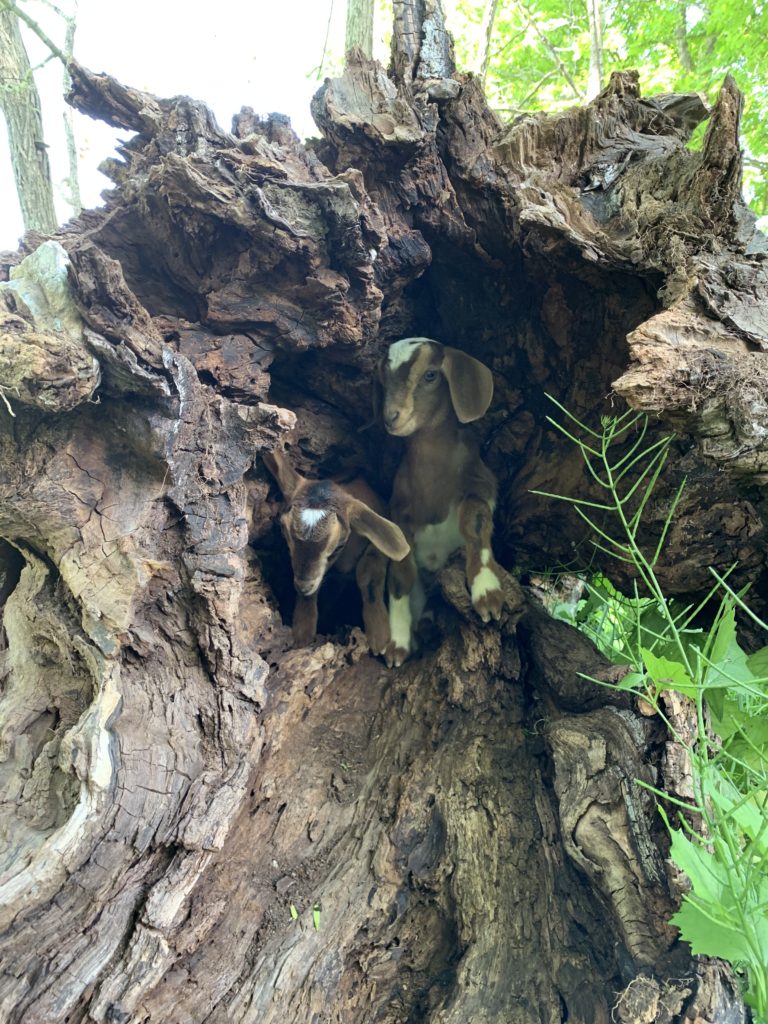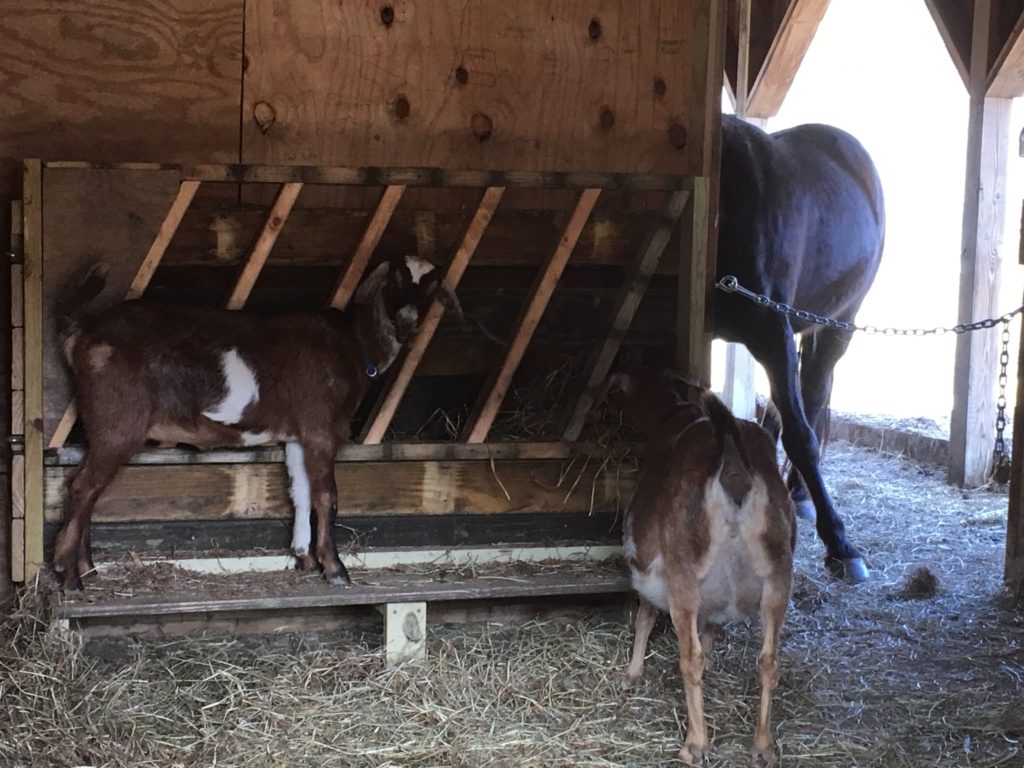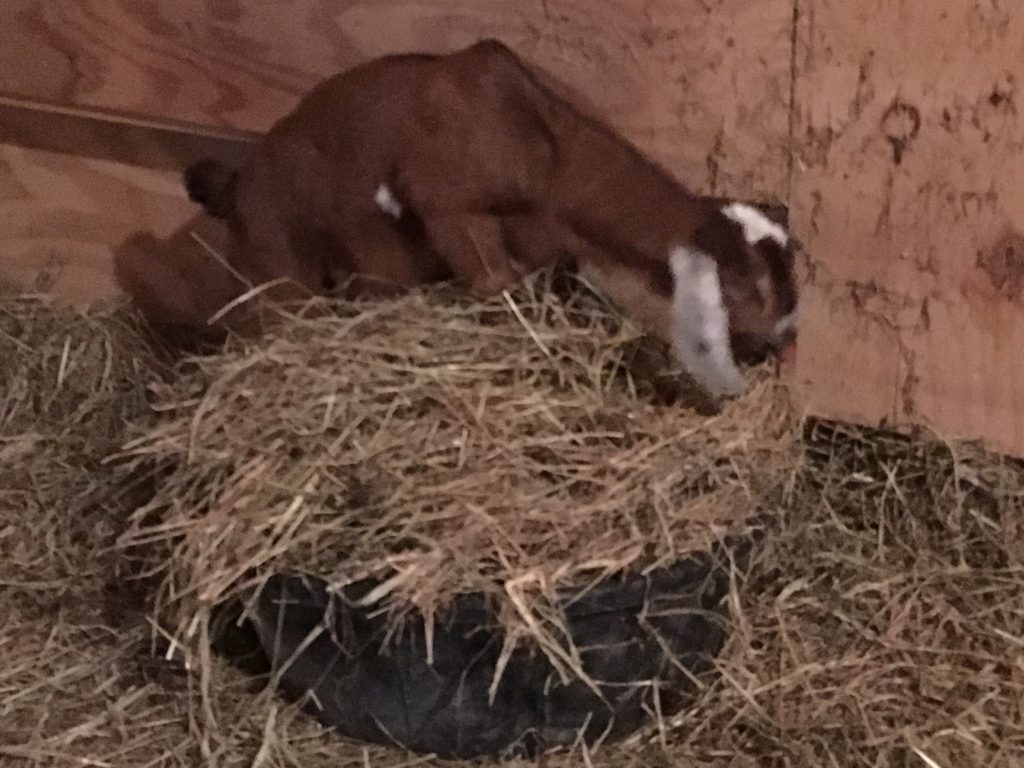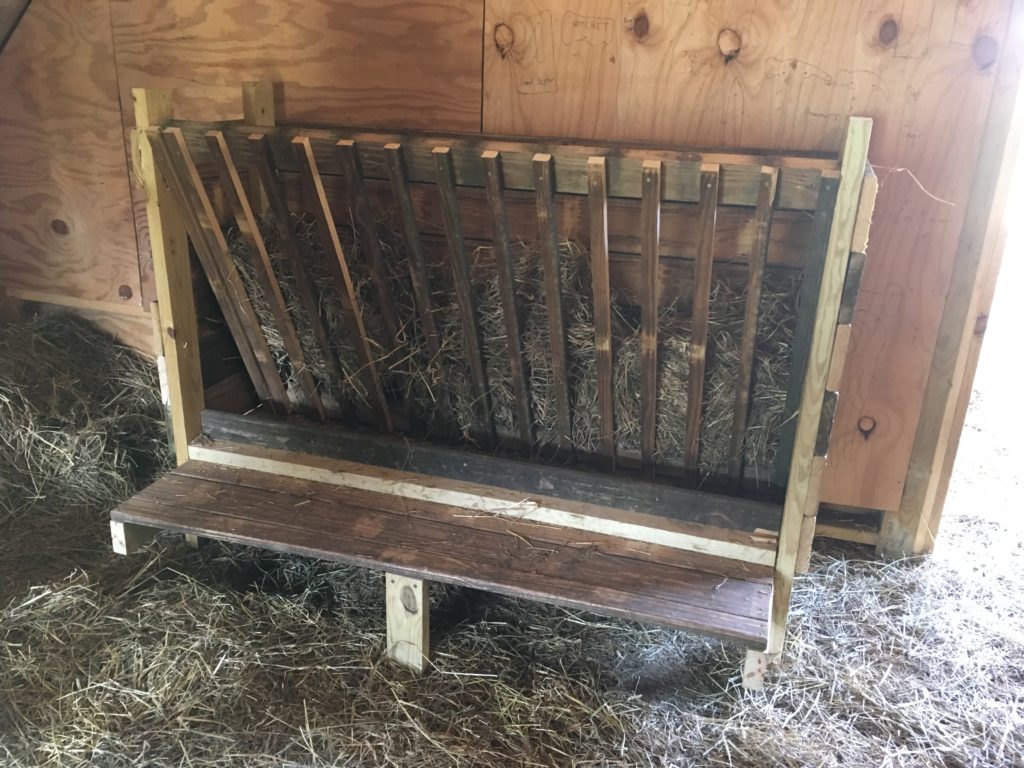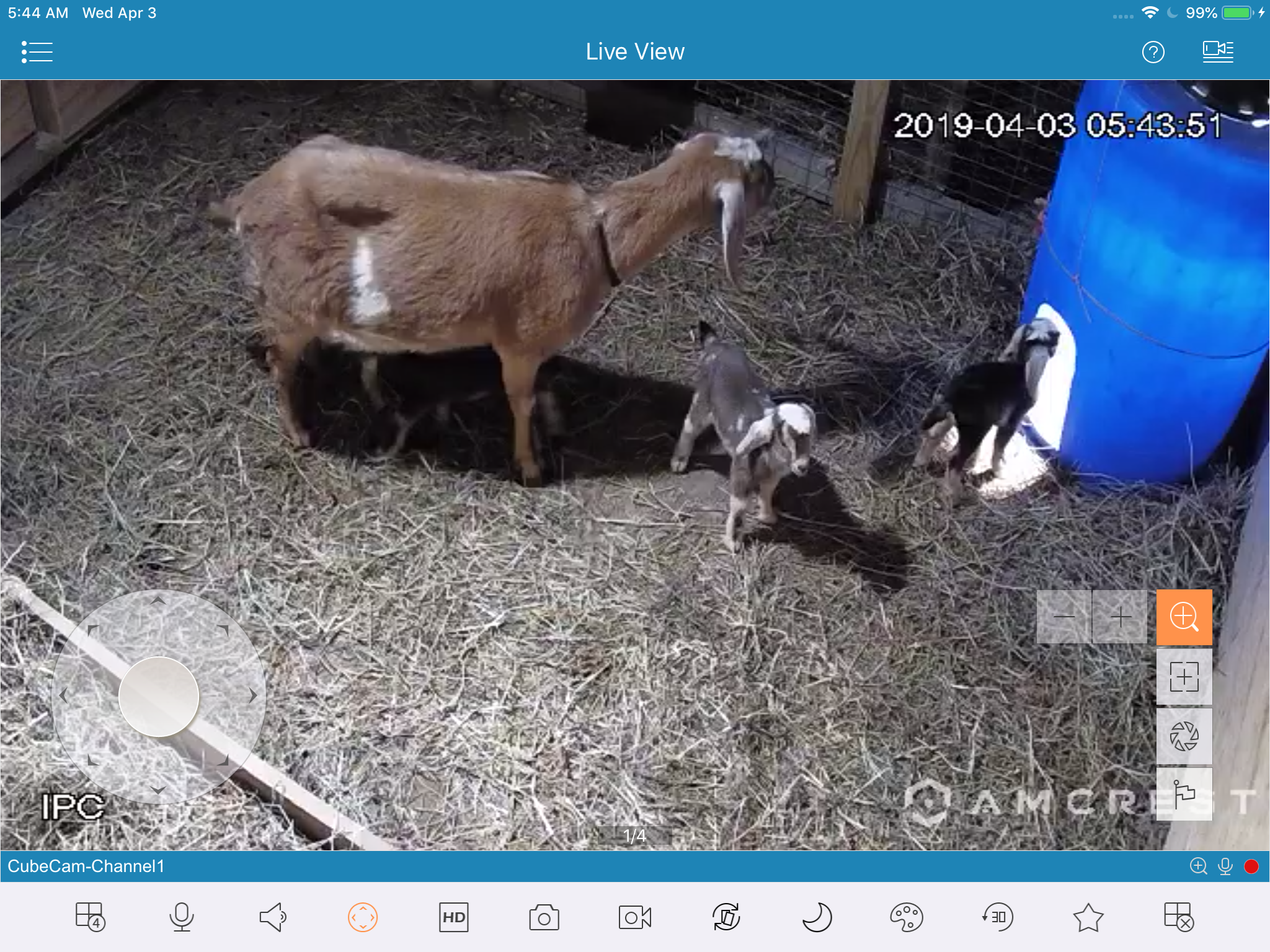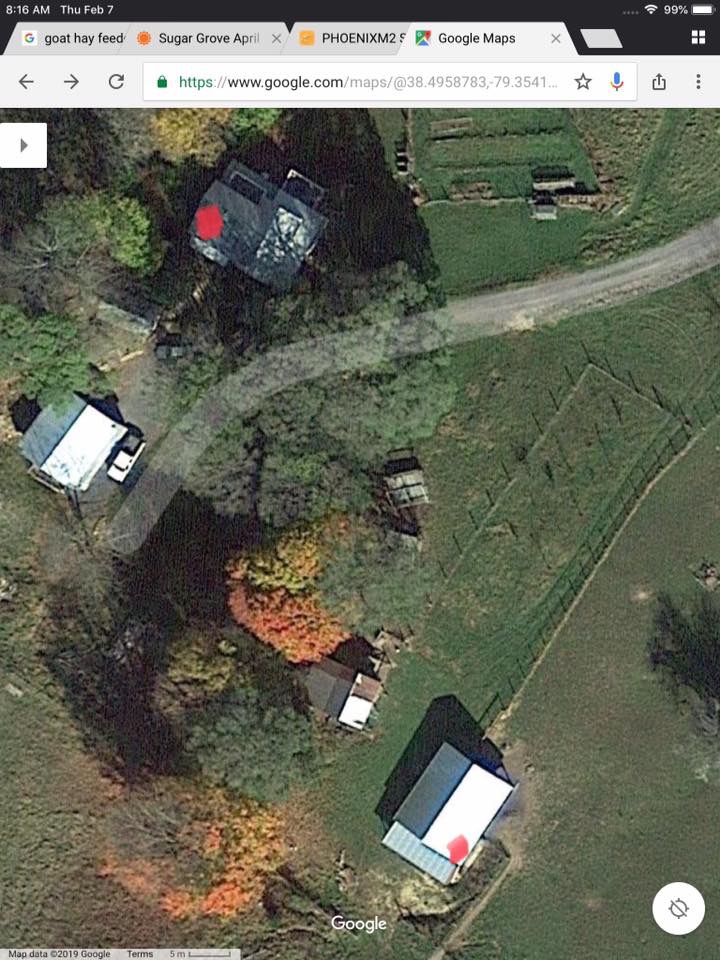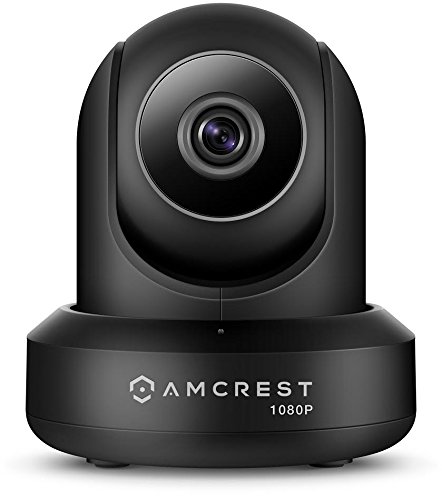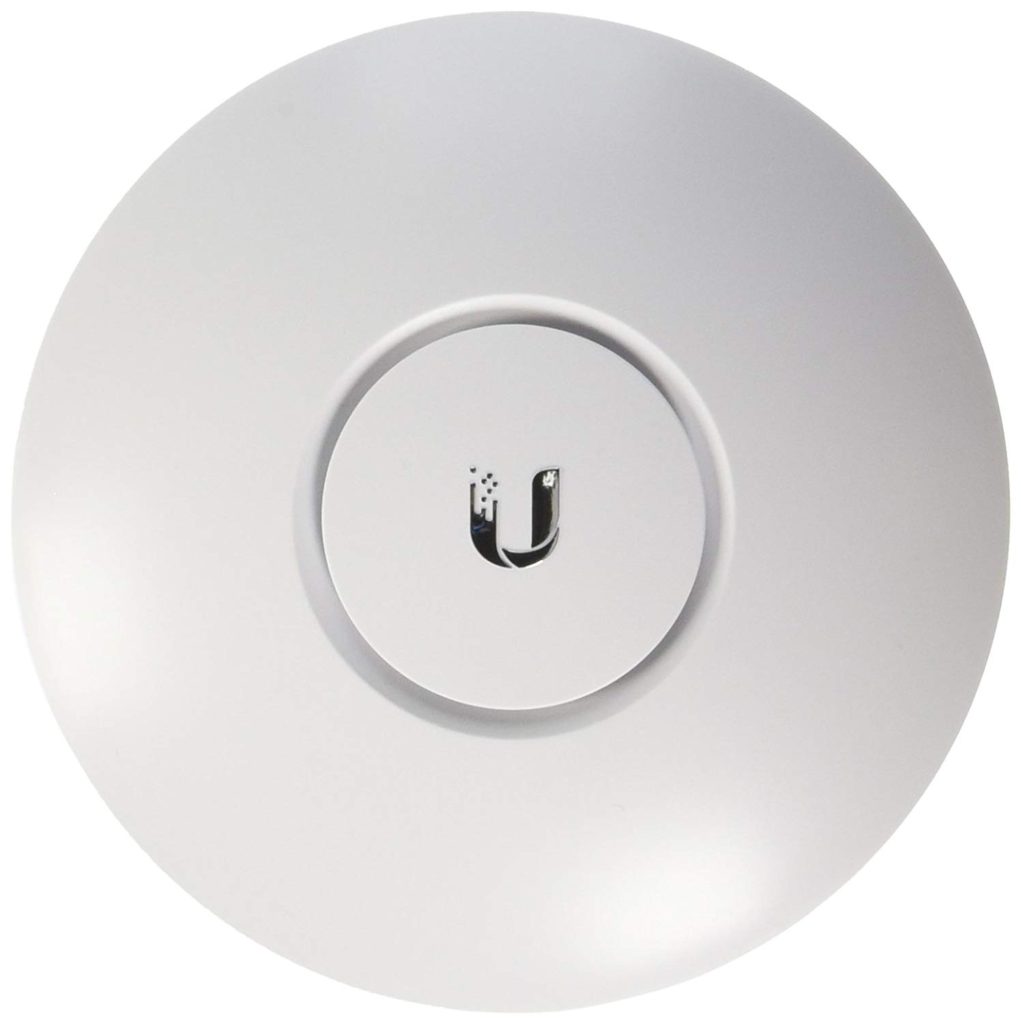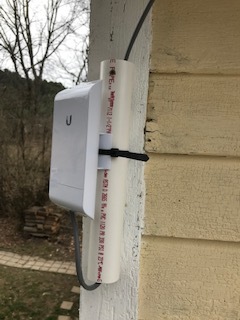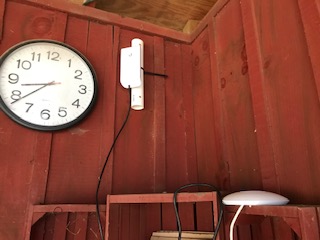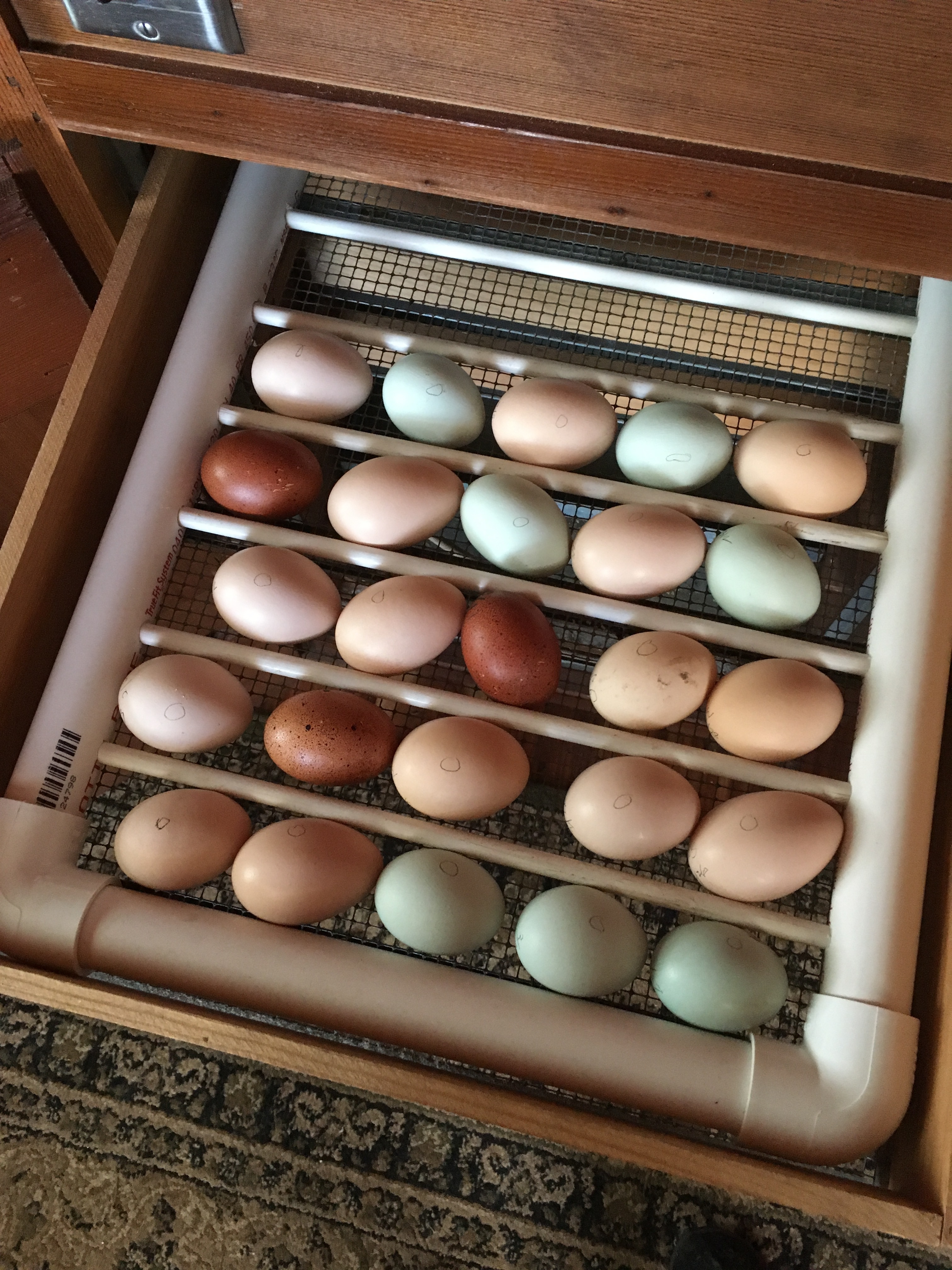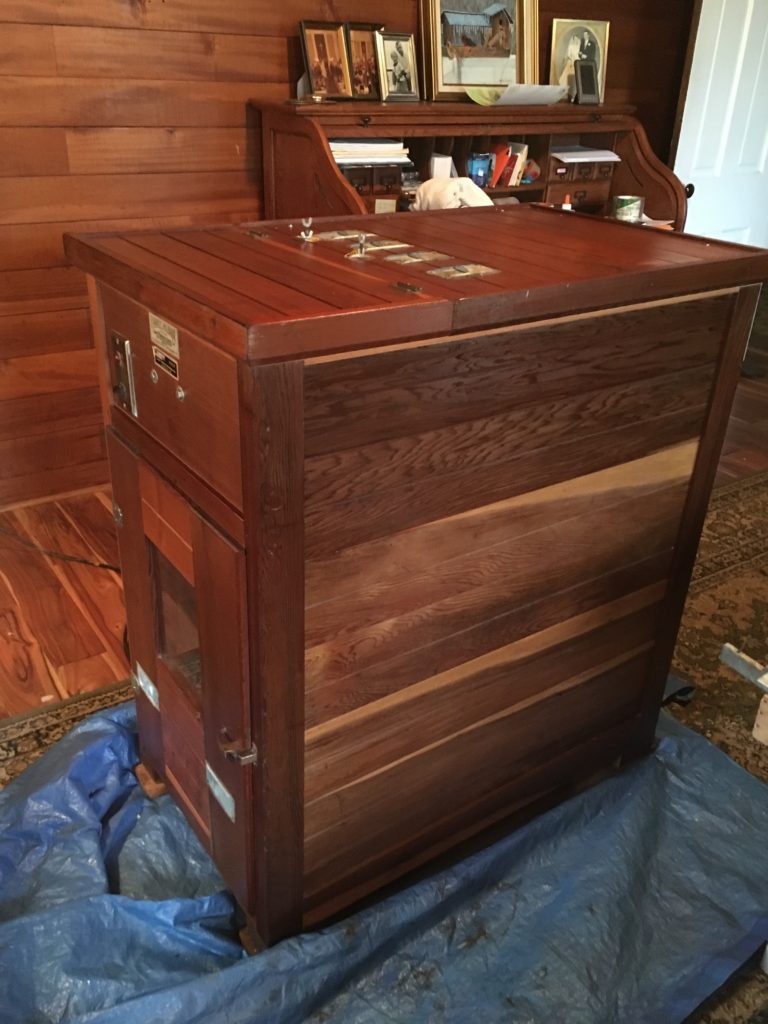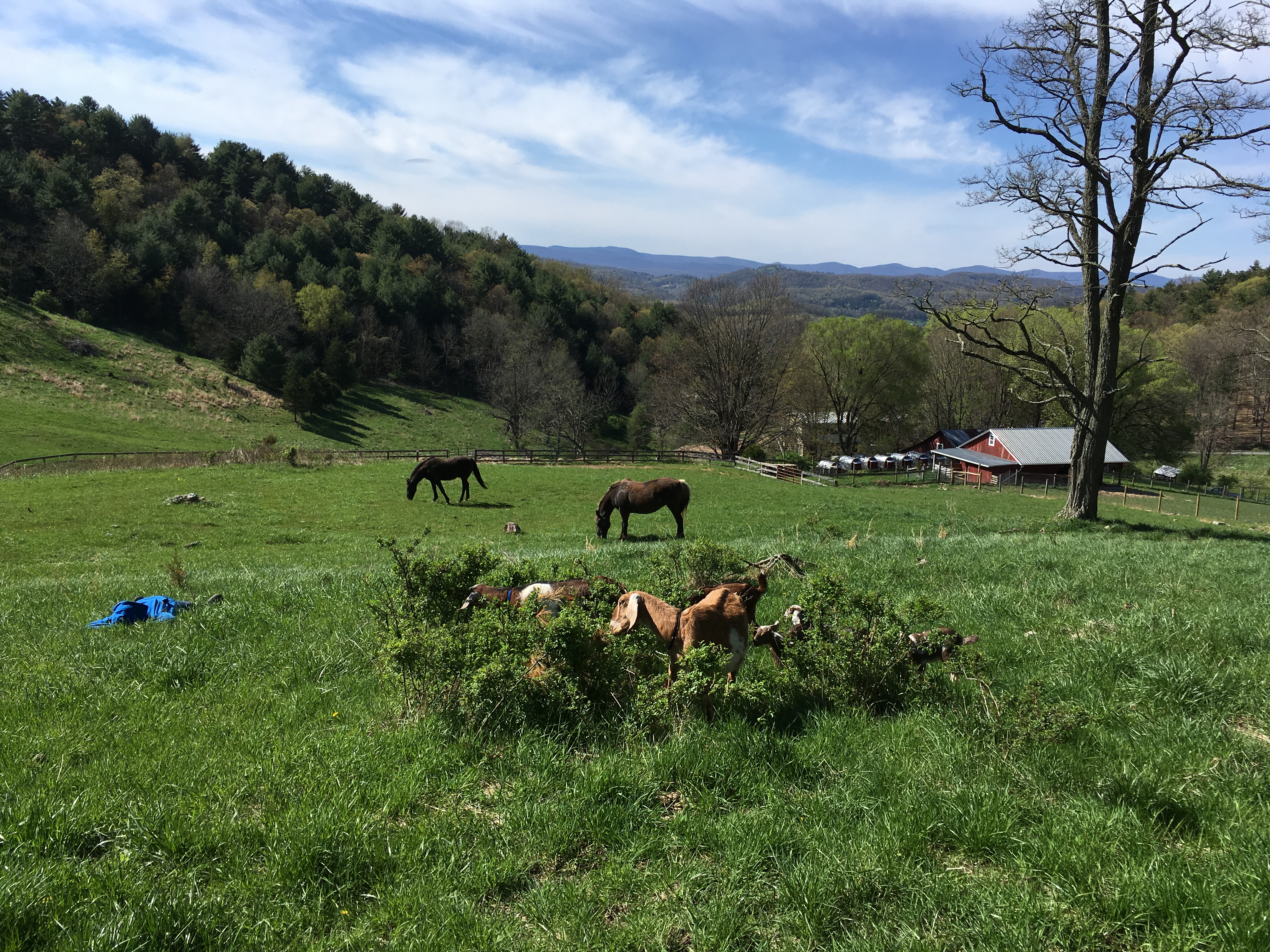
It has been an exciting spring at Storybook Farm in 2019. Life has been bustin’ out all over. Now that it’s officially summer, I have time to post some highlights from our busy, busy spring!
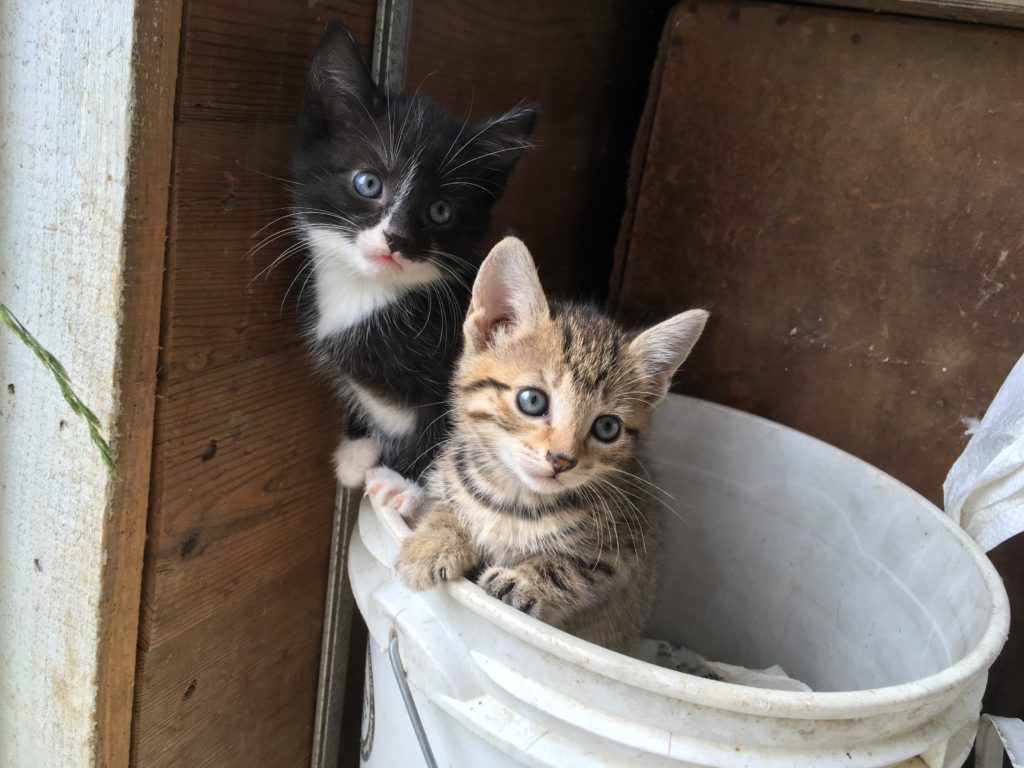
Cats
I’ll start with the cats: we had two cats give birth to kittens this year. Each had three kittens. The first had two girls and a boy; the second had two boys and a girl. These are two from the first litter, named Phantom and Tiger Tigress. (Sadly, their eyes have since turned green.)
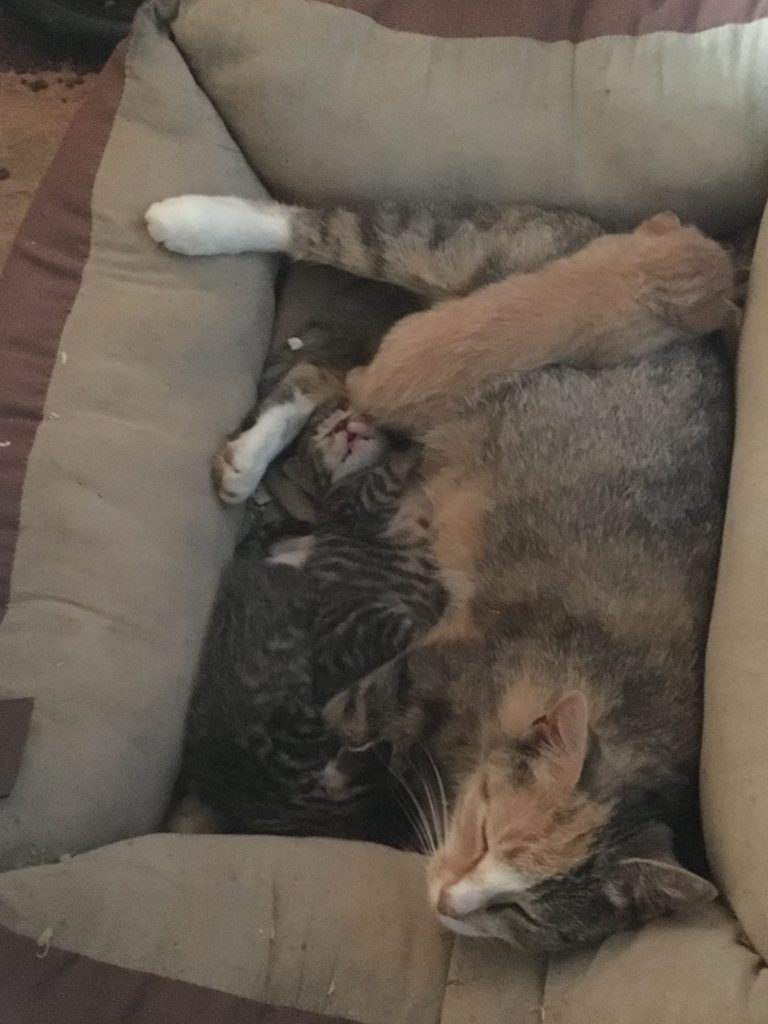
The first mom, Katnis, had her babies under the house in and inaccessible spot. When they were about six weeks old, she moved them to the barn. She was a first-time mother, so we wondered how she would do, but she proved excellent and produced two black male/female kittens and a female mini-me: tiger striped with green eyes, pictured above.
The second litter was born about six weeks later, to Patches. She chose to deliver in our most remote shed where we store boxes to be burned. From Day 1, I knew where they were, but we didn’t move them for about four weeks. They are pictured right about a week after moving. Patches had one ginger boy and a tiger striped boy/girl pair.
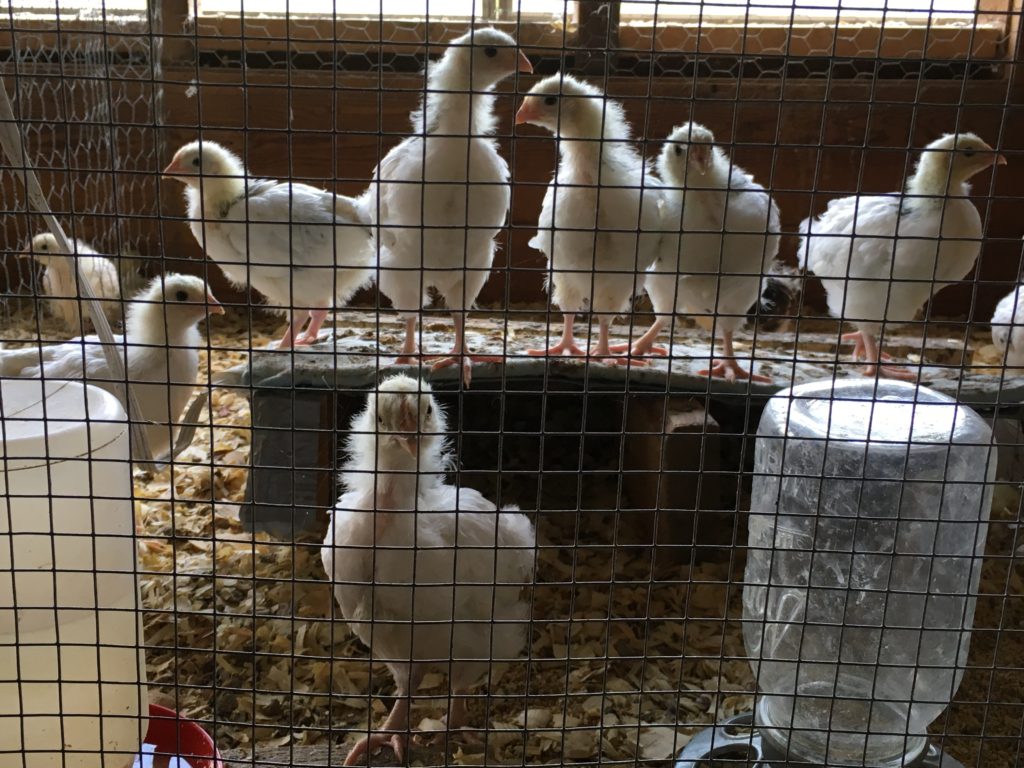
Chickens
Next, chicks. We hatched about 100 chicks this year, mailed out many, and saved ourselves about 70 replacement birds. We hatched wheaten Marans, Light and Coronation Sussex, and black and blue Ameraucanas.
It’s taken us four years to get our infrastructure right, but we had it working very well this spring, and are happy with the results!
Goats
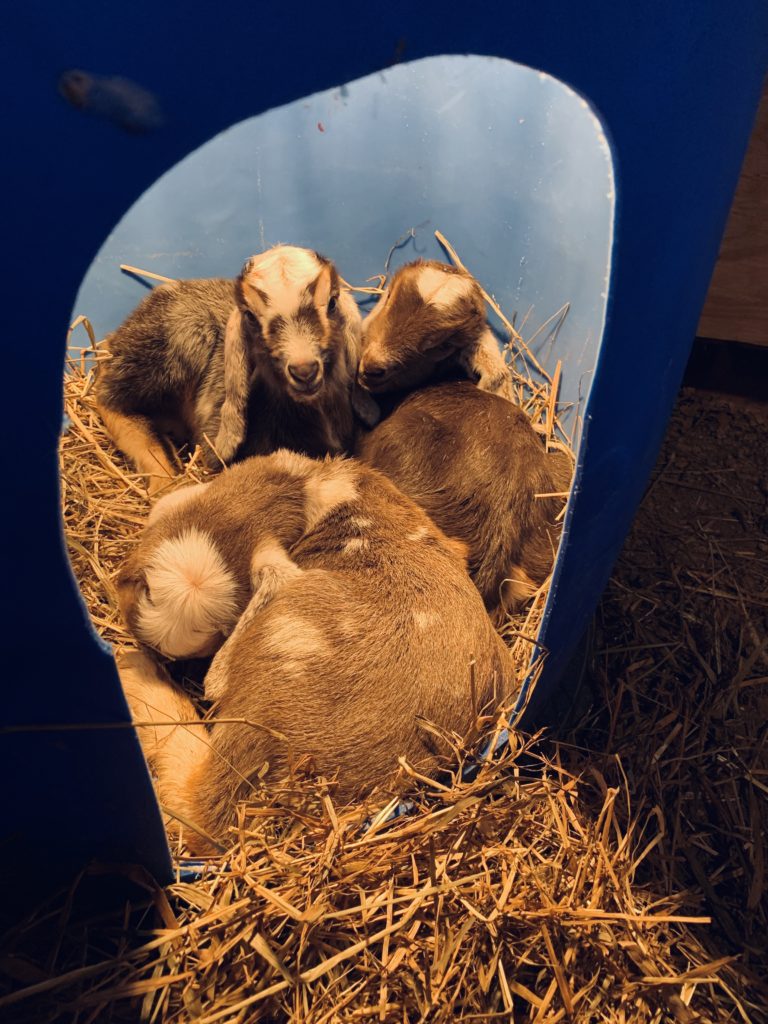
Next I should list the most challenging animals of the spring: goats. The learning curve for gathering a herd was straight up, but God gave me great mentors from around the country via the Internet, and one nearby neighbor.
We started by purchasing a three-year-old pregnant doe, Buttercup, who kidded on April 2, blessing us with three doelings.
One almost didn’t make it (and you can read that story here), but they have all grown into lovely, strong animals who are affectionate and beautiful.
Our second goat, Milky Way (or Milcah) also came to us pregnant. She was only nine months old, however, and she was caught late in heat, so she did not deliver until June 8, 2019. The delivery of boy/girl twins was easy enough, but we were concerned for a bit that she wouldn’t accept them. However, she proved a very attentive first time mom! Pictures of Milcah and her kids are below.
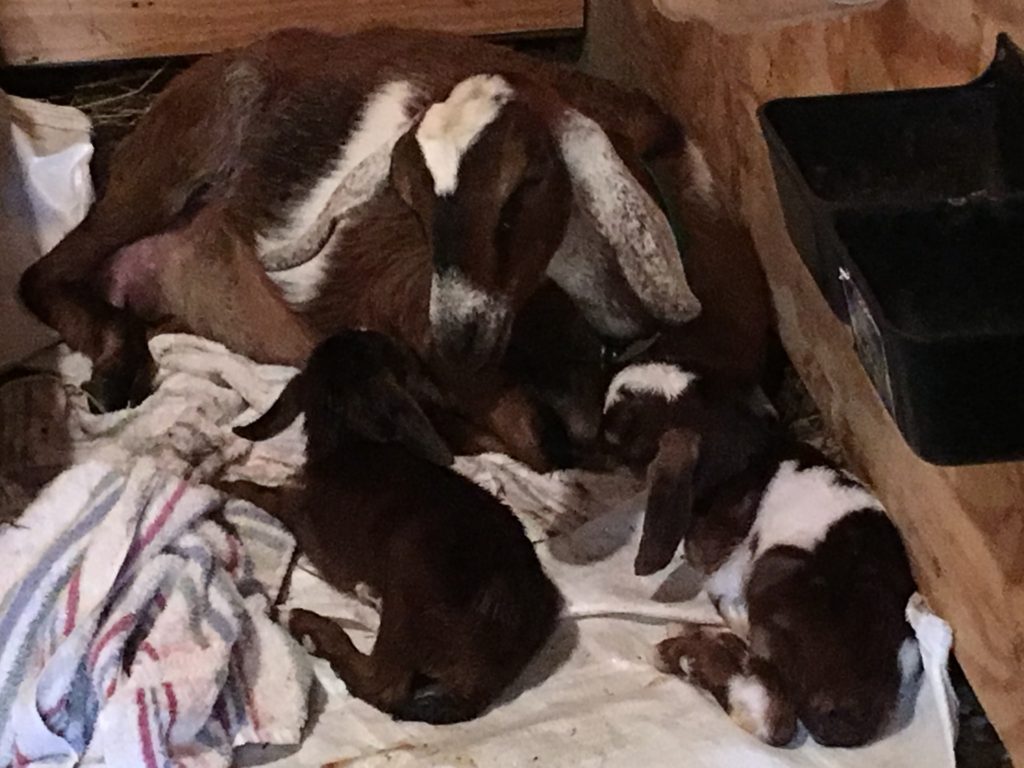
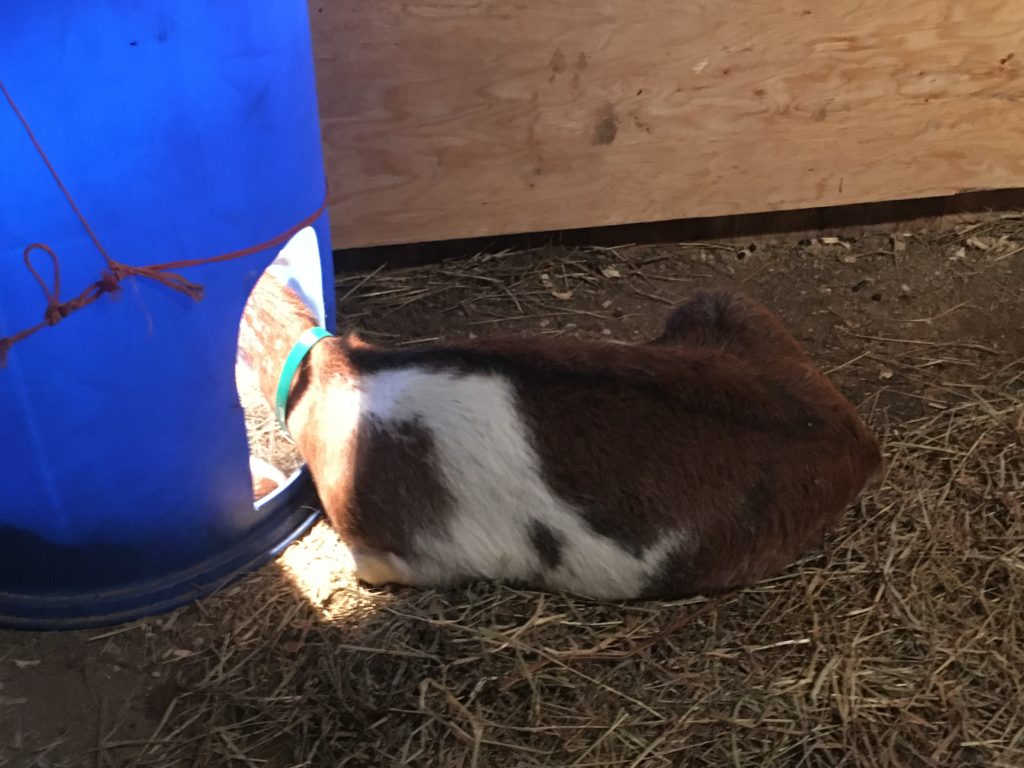
We also acquired two young bucklings, who will be our herd sires in 2019.
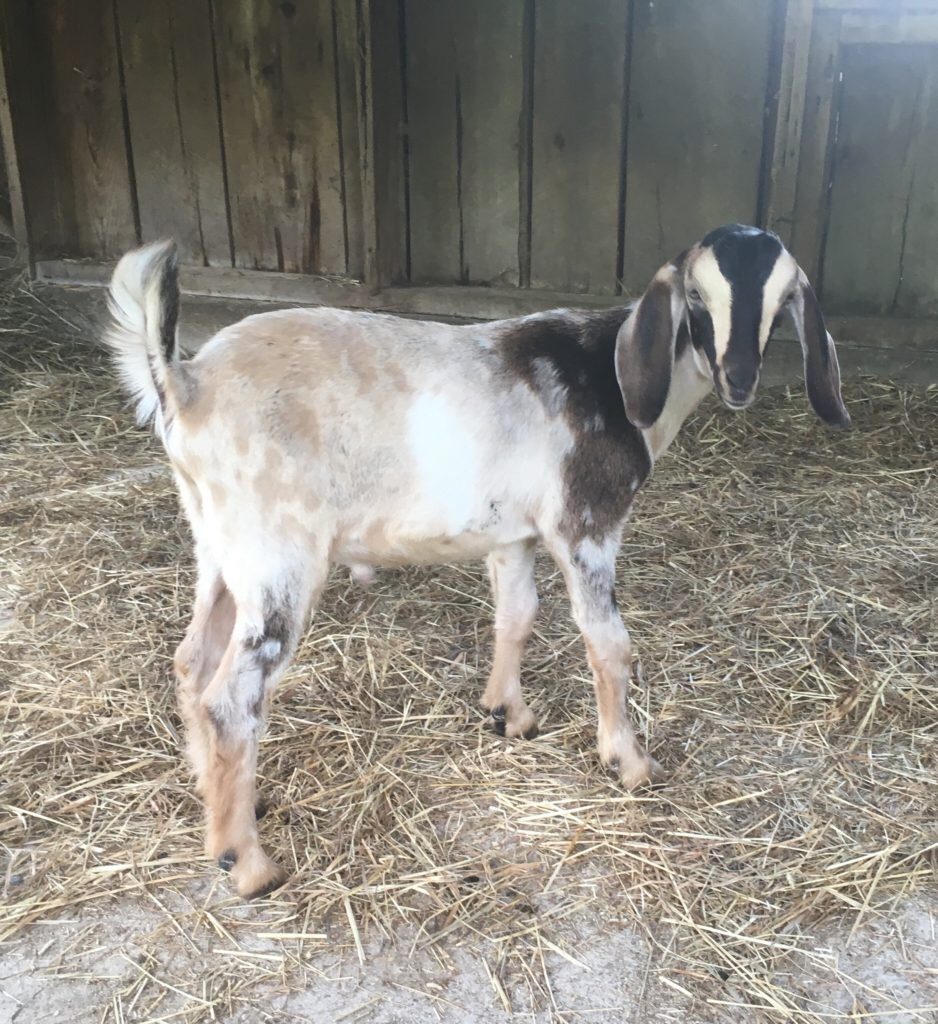

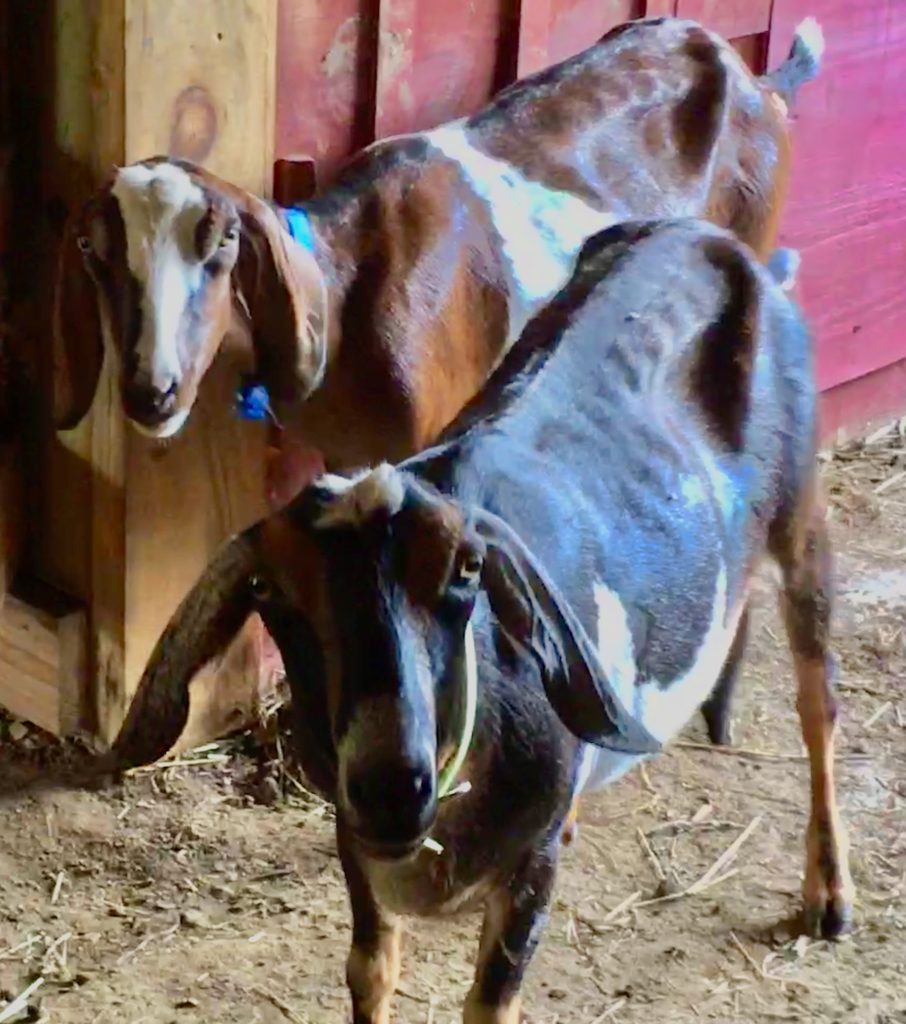
Last May, we traveled to Michigan to pick up these two does in milk: Mimzie (in front) and Twyla. They are sweet girls and great producers! Twyla freshened for the second time this year, and Mimzie for the third.
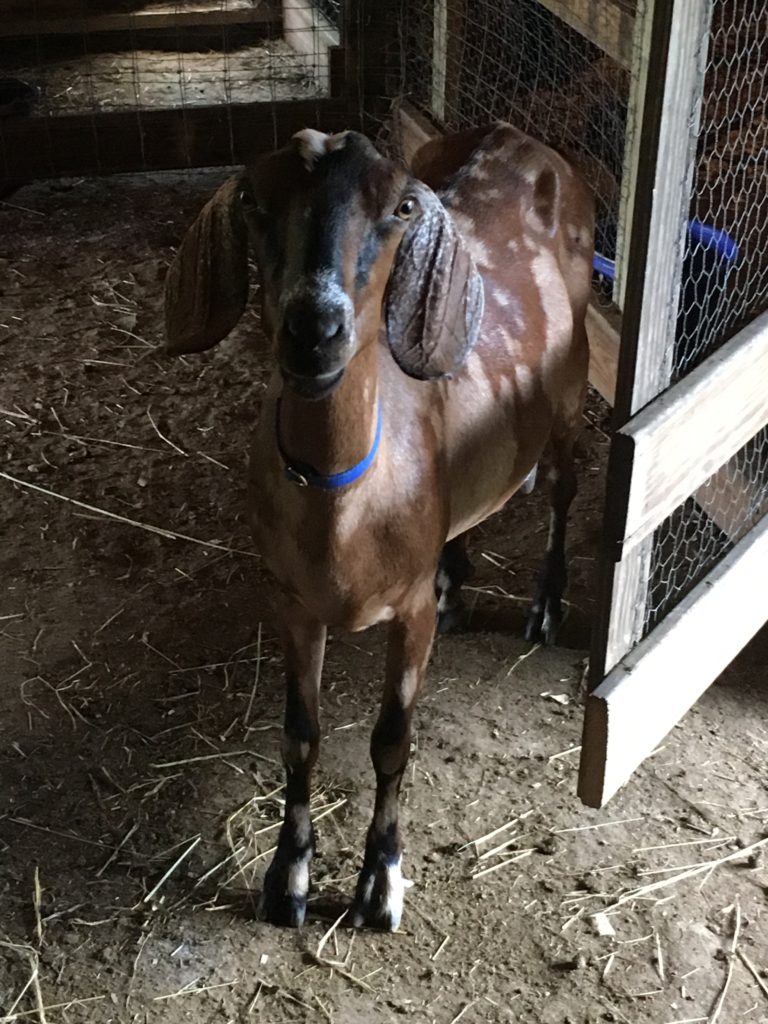
Last of all, we imported a favorite of mine: Skillman’s Star. She is three years old and the grandmother of Milcah’s twins. She is also Milcah’s half sister, since Irine Skillman has been doing serious line breeding for a number of years.
Star is a gentle, tall, and graceful doe who brings milk stars and maturity to our little herd. If the babies get lost from their mother, Star is there to call to her and remind her to wait for those babies, or come back to get them!
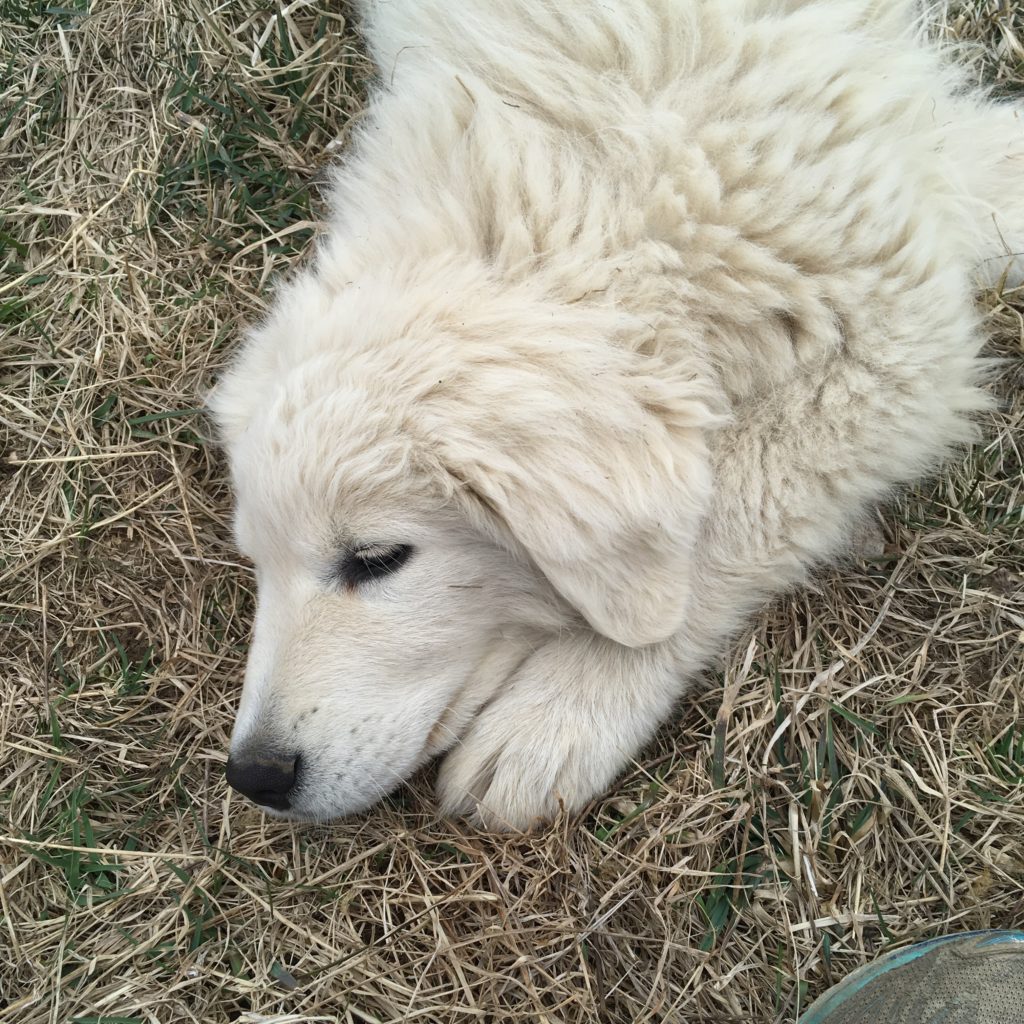
Guardian Dog
Few goat herds are complete without a Livestock Guardian Dog to keep them safe from predators. Though it will take Heidi two full years to grow up enough to be fully trusted alone with them, she currently lives among them in a pen and run. We brought her home in March as a 12-week-old puppy, and she is growing more beautiful (and gentle) every day!
